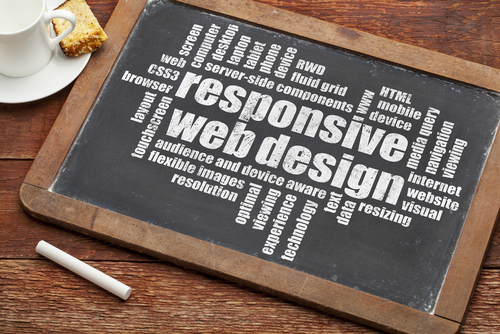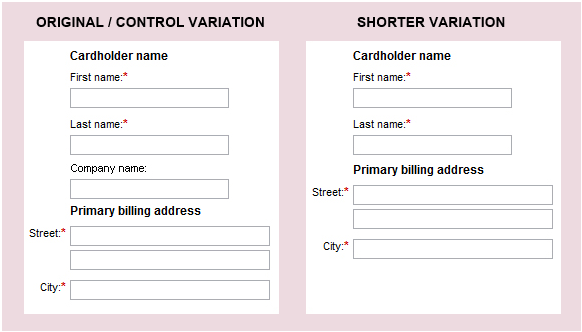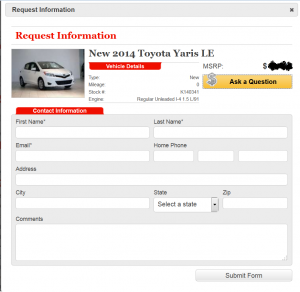If you’ve ever experienced birds chirping, singing, calling or screeching at night, you were probably annoyed by it. Today, businesses including your dealership must be aware of birds chirping into the early hours of the morning. The “birds” are the consumers of our modern, or some would say, post-modern era and they don’t always sing during business hours.
Twitter and Facebook offer us the opportunity to say whatever we want, whenever we want and that presents challenges for most dealers. Contrast the Twitter, Facebook and Instagram realm with how difficult it was to praise or shame a business in 1995. BIG difference. If you’re a little young to remember life at that time, it’s important to know that less that 5% of Americans were using the internet before 1995. Unlike today, where 87% of adults in the USA are on the internet and the percentage grows to almost 100% among those living in households earning $75,000 or more. BOOM!

You have a voice that can be amplified online more than any other time in human history, but… so does every single person that visits your website, sees your advertising efforts, calls your dealership, buys a car from you, services their car with you and so on…
What’s your social media strategy look like right now? Are you one of the many dealerships that have scaled back believing that the effort yields nothing in return? Many dealers started running the social media race primarily focused on capitalizing on a new way to sell cars. Unfortunately, none of us knew exactly how to approach the sales side of social media and totally missed the communication importance offered by social media. Yes, you can and should be selling some cars through social media, but you are unlikely to sell any if you aren’t watching, listening, engaging and answering when the birds start chirping.
One way to be sure you hear the birds is by using social media tools like Mention. Mention is specifically a listening tool that allows you to hear what’s being said about your business on the web. They recently released an infographic based on Twitter data they’ve assembled and crunched. Along with the data, they gathered opinions on the information from a handful of social media experts. I highly recommend checking it out.
Here are some takeaways:
- 271 million people are active on Twitter every month
- Some of them are talking to you, some of them are talking about you
- Almost 31% of tweets containing a company name do NOT include their twitter handle
- 60% of company mentions on Twitter are posted when you’re NOT in the office
If you’re looking for a simple way to make sure you never miss a thing. Check out Mention here and download their mobile app to make sure you always hear the birds chirping.
Until next time, may you find yourself and your business more attractive, attentive and aware.
#birdschirpatnight








